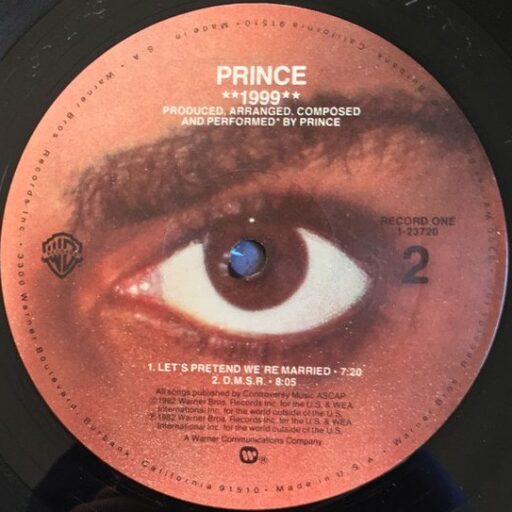Tag: charles chamblis
-
If the Kid Can’t Make You Come
So sumptuous is “Kid” on a purely musical level that its more front-and-center narrative elements feel crass and unsophisticated by comparison.
-
Chili Sauce
Whatever “Chili Sauce” might say about Prince’s instincts as an editor (let alone his questionable accent choices), his work ethic remained beyond reproach.
-
D.M.S.R.
“D.M.S.R.” was Prince’s calling card–a four-word (four-letter!) summation of everything he and his music were about.
